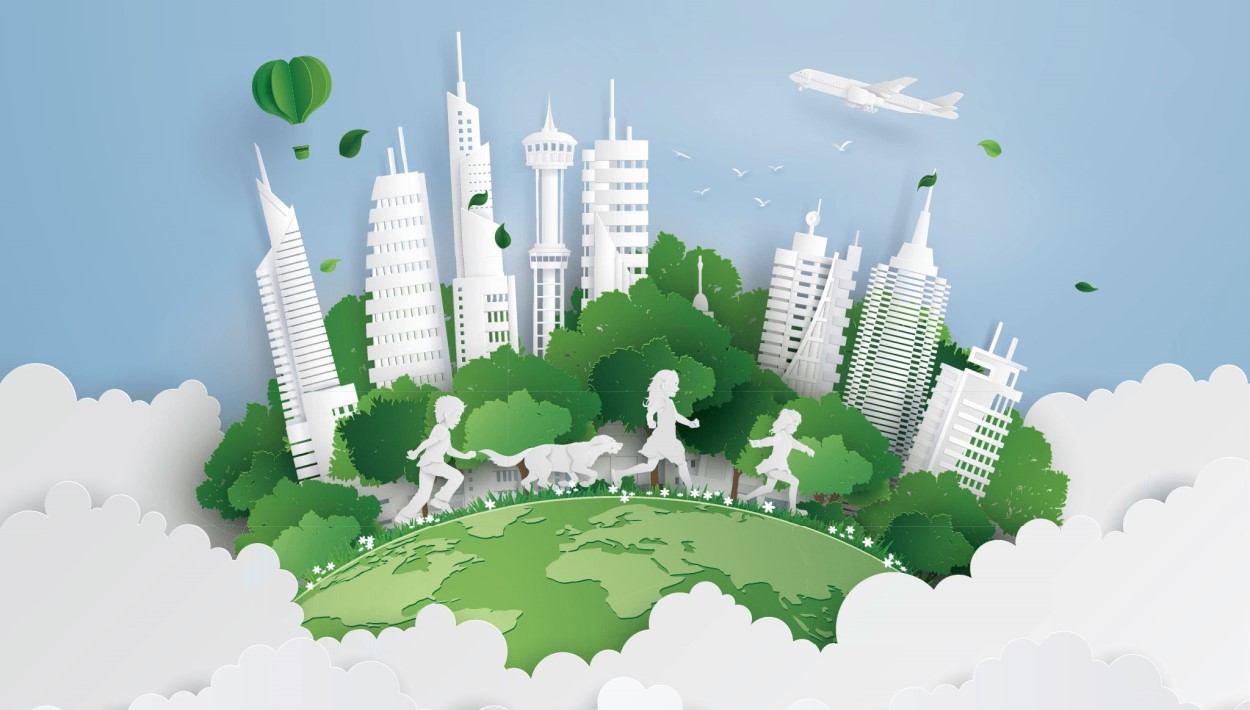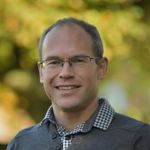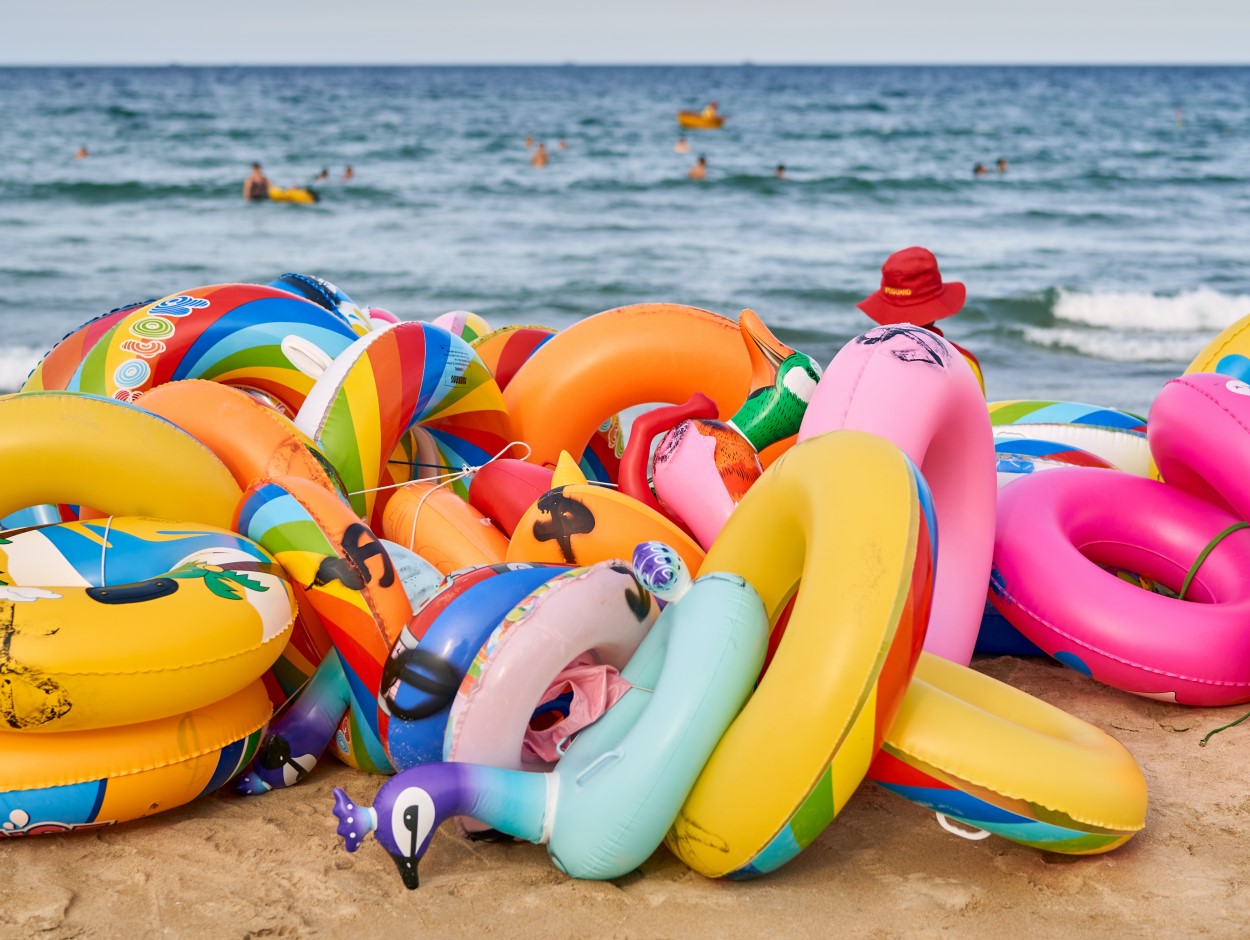Our geographers are at the forefront of interdisciplinary efforts to help improve outcomes for children and young people – working with partners from across the globe to develop novel ways of conducting research.
“It’s probably worth saying that, as geographers, our work is always interdisciplinary. It interacts with, borrows from, and informs other disciplines by default,” says Peter Kraftl, Professor of Human Geography at the University of Birmingham.
It is perhaps this tendency to view Geography as being inherently interdisciplinary that has helped Professor Kraftl, Professor Hadfield-Hill and colleagues in the School of Geography, Earth and Environmental Sciences (GEES) to embrace such collaborative and experimental approaches to their research on children and young people.
For Sophie Hadfield-Hill, Professor of Human Geography, it is reflected in the corridors of the School. “Our home on campus has propelled us to be even more interdisciplinary than a ‘pure’ human geography school, too. We have nanoscientists and water scientists only a few doors away and that helps us have those really important, informal conversations that spark new research ideas.”
The unifying characteristic of the researchers involved in the work, she believes, is an overarching ambition to have a positive impact for children, young people and the wider communities. From there, it’s a matter of respecting the plurality of voices that comes with interdisciplinary research and leveraging those different perspectives to inform interesting discussions about the design of projects.
Professor Hadfield-Hill points to the Sharing Futures work that began in 2015 as an example of this. The Birmingham team responded to a funding call for projects that would bring academics from Brazil and the UK together, proposing a project to investigate how to better plan for sustainable urban environments between social scientists and engineers, centred around a Summer School in each country at which they could share knowledge and experience.
Read more examples of our interdisciplinary research...

“When our Brazilian colleagues came to the UK I had something of a ‘coin-drop’ moment. We visited a case study on new urban developments, where we had worked for years. We had walked around this space hundreds of times, yet our engineering colleagues were seeing the same space in such different ways - they asked different questions, they even experienced the environment differently by touching the surfaces. It was such a stark reminder of how differently people think, and how valuable that is.”
“2015 was a slightly different time too. Funding bodies were only starting to bring the language of interdisciplinary working to the fore. Our bid was speculative, we didn’t have pre-existing contacts in Brazil and so it was the University’s International Office who stepped in to put us in touch with UNESP (São Paulo State University). And yet, from those small shoots we’ve developed an eight-year long collaboration that goes from strength to strength and spans multiple projects. At the heart of it, I think, is comes back to us being open-minded and appreciative of other research approaches and perspectives at the outset and building on that foundation.”
A catalyst for research on children

The team have seen other successes that started life as an exploratory conversation. The Children and Childhoods Network now plays a vital connective role for work across the University - bringing together academics, PhD students and practitioners from across disciplines and providing a forum for collaborations in research, education, policy and practice.
But it began with a scoping exercise in 2017, supported by the Institute of Advanced Studies, to determine what a network might look like. In 2018, it was formalised, and it has gone on to support a number of research projects.

Peter Kraftl
Professor of Human Geography
“It really is a network in the purest form. We’re not funded in the way others might be, rather we see ourselves as a meeting place for ideas and support that enables research for, and with, children. We want to be a place for PhD students to talk about their work, for researchers to find support in writing funding applications, and more broadly to be a framework for conversations between people (both within and outside of the University) that share an interest in children and young people.”
The Network is one of the three core catalysts that Professor Kraftl sees as underpinning the breadth of work on children. He stresses the value of the School’s foundational work over the last decade, building up a team of experts and a cohort of PhD students to set up the work, and also the more recent branching out into international partnerships with academics and major global institutions (e.g., UN Habitat, UNESCO, UNICEF).
“Of course, a lot of work goes into establishing those links,” he says, “but Birmingham enables and encourages that ambition. There are opportunities now, as a result of a changing landscape and our growing influence, that wouldn’t have been ten years ago. There is a burgeoning field of research that is looking to address these large-scale, interlocking challenges that face the next generation and we see ourselves as being at the coal face of that.”
“The frustration for me is that, despite massive shifts in policy and key reports from the likes of UNESCO and UNICEF, the dial hasn’t really shifted, particularly in relation to disadvantaged children and young people. We’ll keep plugging away, though. These reports all emphasise the interconnection of the challenges facing today’s children – be it climate change, the cost of living crisis, Covid-19, ongoing intergenerational disparities – and there’s no getting away from the need for an interdisciplinary approach. That’s why the skills and knowledge we have at Birmingham are in such high demand, and why our enabling environment is so fundamental to that.”
Professor Hadfield-Hill agrees, pointing to a recent ‘matchmaker’ event held by the Institute for Global Innovation. Said event was based on one word – ‘fire’ – designed to attract different perspectives from across campus.
“What started as a conversation with people I’d not worked with before ended up in us now working together on a research proposal around the need to understand young people’s relationships with fire – with people who would never normally have undertaken a project around children. It stems from having a space and time to have brief and focused conversations.”
“It’s exciting. That moment of realisation that ‘we could do something together’ and knowing there’s a need for it is precisely why most of us got into academia.”
Investigating childrens’ relationship with plastics

The Plastic Childhoods Project is a prime illustration of how the team have embraced interdisciplinary approaches to tackling research questions. The research, funded by the Leverhulme Trust, ran from 2018-2020 and continues to shape how we investigate the different ways in which children’s lives are entangled with plastics. “The funding came about when the series Blue Planet 2 was on TV, and there was a real groundswell in public interest about the role of plastic in our lives and environments,” says Professor Kraftl. “I think that did inform some of the discussions we had with young people throughout the project, they were interested in plastics from the outset.”
“What we wanted to do, though, was experiment with interdisciplinary research methods and investigate the reality of childrens’ relationship with plastic from different perspectives.”
The project centred around three core interlinked components.
First, a social media analysis of where plastics and childhood connect online. This consisted of large-scale harvesting of millions of tweets and eBay posts and investigating how images and discussions on these platforms could help shed light on how plastics interact with children and circulate around the world. “We found hundreds and thousands of toys and lunchboxes now sold as collectibles, or simply people trying to get rid of them, all remnants in some way of this intractable link between children and plastics in this online space. Just tracking the global circulation of these items was fascinating. And in doing so, that’s one of the ways we sought to experiment with not having the children’s voice always be the centrepiece of a methodology.”
The second component involved students at the University of Birmingham School. Professor Kraftl, Professor Hadfield-Hill, Professor Iseult Lynch, post-doctoral researchers and PhD students from the University ran a series of workshops to examine young people’s existing knowledge of plastics and challenge them to think about plastic in new ways. They conducted interviews, undertook some ‘conventional’ social science research using a mobile phone app to capture where young people encountered plastics in their day-to-day lives, and had the students work with artists from the region to create a range of sculptures using wasted plastics.
“On the one hand, awareness of plastics is better than it ever has been. But we need to move away from the idea that plastics are fundamentally bad. We’re going to be living with plastics for hundreds of thousands of years and we need to think differently about our relationship with them, and how we live ‘well’ with plastics.”
The third component is what Professor Kraftl describes as the ‘really radical bit’.
“This is where Iseult’s expertise in microplastics really helped elevate the project. We trained students to take samples – of soil, tap water, breath, and their urine – to look for traces of plastics, and other pollutants. Fortunately, we didn’t find any evidence of plastics in their bodies, but there was plenty in their environment. It’s a methodology that has never been done before and, coupled with the social science elements, we could start piecing together information about where the plastic comes from and how it interacts with young people.”
The Plastic Childhoods Project was designed with the explicit intention of being explorative. Though it has spawned papers on childrens’ experiences of plastics and exposures, it has proven just as useful in setting the table for ‘how’ such research is developed.
“Ethical approval took nine months for this project, in part because nobody had done it before,” says Professor Kraftl. “That meant undergoing a lengthy process and working with others – not just from academic disciplines but with our professional services teams – to determine how to do the research. So we’ve produced papers on the ethics of conducting research with children because it’s that knowledge that’s just as important to support ambitious interdisciplinary research in the future. It speaks to the importance of being flexible and relishing the challenge of hearing, and adopting, other perspectives. Ultimately, that’s how we improve the research we do, and how we’ll improve outcomes for children and young people.”